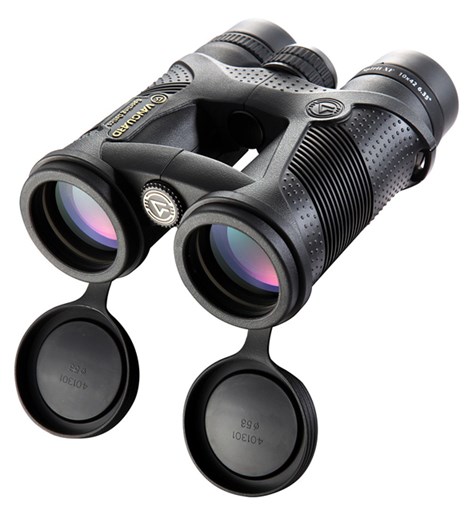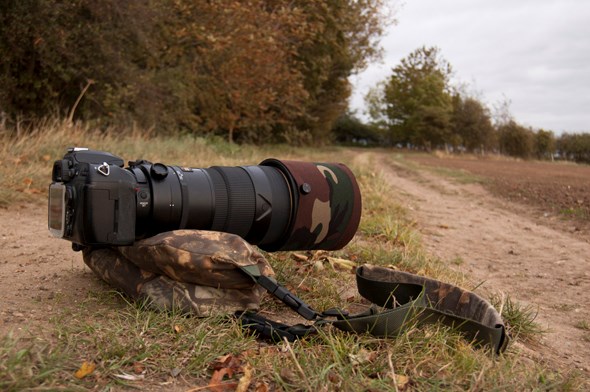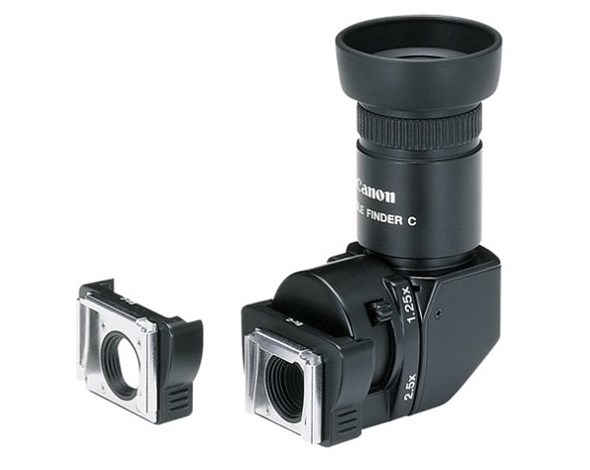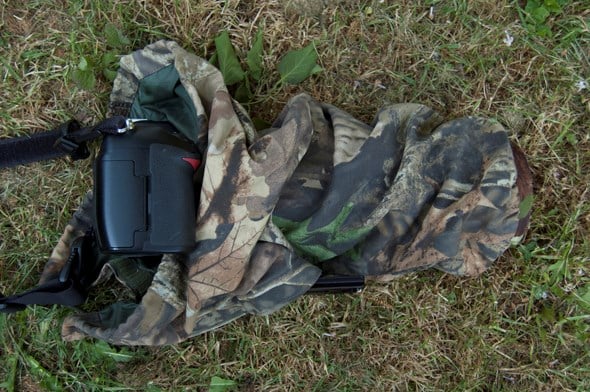As a wildlife photographer I’m always asked what equipment I use and especially which accessories I rely on most when I am out in the field. I usually carry a large amount of odd bits and bobs that can really help make life easier.
1) Binoculars
I never leave home without my binoculars. They are brilliant, allowing you to scout out locations and scan for your intended subject. Being able to locate your subject from an increased distance allows you to plan an approach route to minimise the risk of startling them. Not only that, but having a pair of binoculars means that if the photography isn't totally successful you can just enjoy the pleasure of wildlife watching!

2) Tripod
The photographer’s friend. Tripods are brilliant for providing a stable support when using a long lens. They may be heavy and a little awkward to carry, but they allow you to produce sharper images and support heavy cameras for long periods - perfect for long stakeouts or hide work. Carbon fibre ones are lighter and have great vibration-dampening qualities but are also more expensive. I prefer to use a tripod with no centre column; not only are they more stable, but they can also be used flat on the ground.
3) Bean bag
After my tripod, the bean bag is by far my most used support. This simple and adaptable accessory allows you to stabilise a long lens in multiple locations, be it a car door or a wet rock. It allows you to get a low perspective on your subject for creating natural looking images without the faff of an awkward tripod.

4) Clothing
It seems obvious, but good clothing is essential to wildlife photography. Investing in a high-quality jacket and pair of trousers will pay dividends in the long run, protecting you from the cold and wet while out in the field. I’d suggest buying trousers with reinforced knees for crawling in the undergrowth. Added to a good pair of boots, you’ll be set for the worst the weather can throw at you.
5) Camera bag
Not really a wildlife specific accessory, but a good bag really comes into its own on long hikes over hard terrain. Invest in a bag that's big enough for all your gear plus a little space for upgrades. The bag should have a comfortable harness with nicely padded shoulder straps and a waist belt to transfer the load to your hips. A high-quality bag will set you back a fair amount, but after a hard day’s walking you will be glad of the investment.
6) Right angled viewfinder
When working low to the ground, being able to get low behind the camera can often cause neck pain, especially if you are in position for a few hours. To help ease the strain, invest in a right angled viewfinder so that you don’t have to strain your neck to compose your shots.

7) Guide books
When out in the field, having a guide book for both wildlife and the area can be very helpful in identifying where to go and what to look for. I also like to keep a small notebook in my bag, which allows me to note down any location names or details I may want for a later date, as well as contact details for people I meet along the way!
8) Rain cover
Something that is always in my bag. I personally have a Wildlife Watching all-in-one lens and camera cover. It allows me to quickly cover my whole camera and protect it from the elements (rain, snow, sand, dust etc). At around £40 everyone should have one to keep their gear protected whilst out in the wild.

9) Portable reflector
If you’re into your macro and close-up work, a portable reflector is a fantastic piece of kit for throwing a little natural light onto your subject. Easily foldable to store in your bag, one can always be ready for when a little fill light is required for a particular image.
10) Your favourite chocolate bar/snack
Yes, it’s not really a photographic accessory but it can be a lifesaver on those long and boring days or after a freezing cold few hours up on the hill. A short burst of energy can give you that final boost to sit out for that last hour, often when everything materialises!
The above ten accessories are those that I personally feel should be high up on any wildlife photographers kit list. They help to solve simple everyday problems, and allow you to keep focused on what’s in front of your camera!
About the Author
Tom Mason is an up and coming wildlife and nature photographer based in Hertfordshire where he frequently visits a number of local nature reserves including Rye Meads and Amwell. You can see more of his work on his blog.

